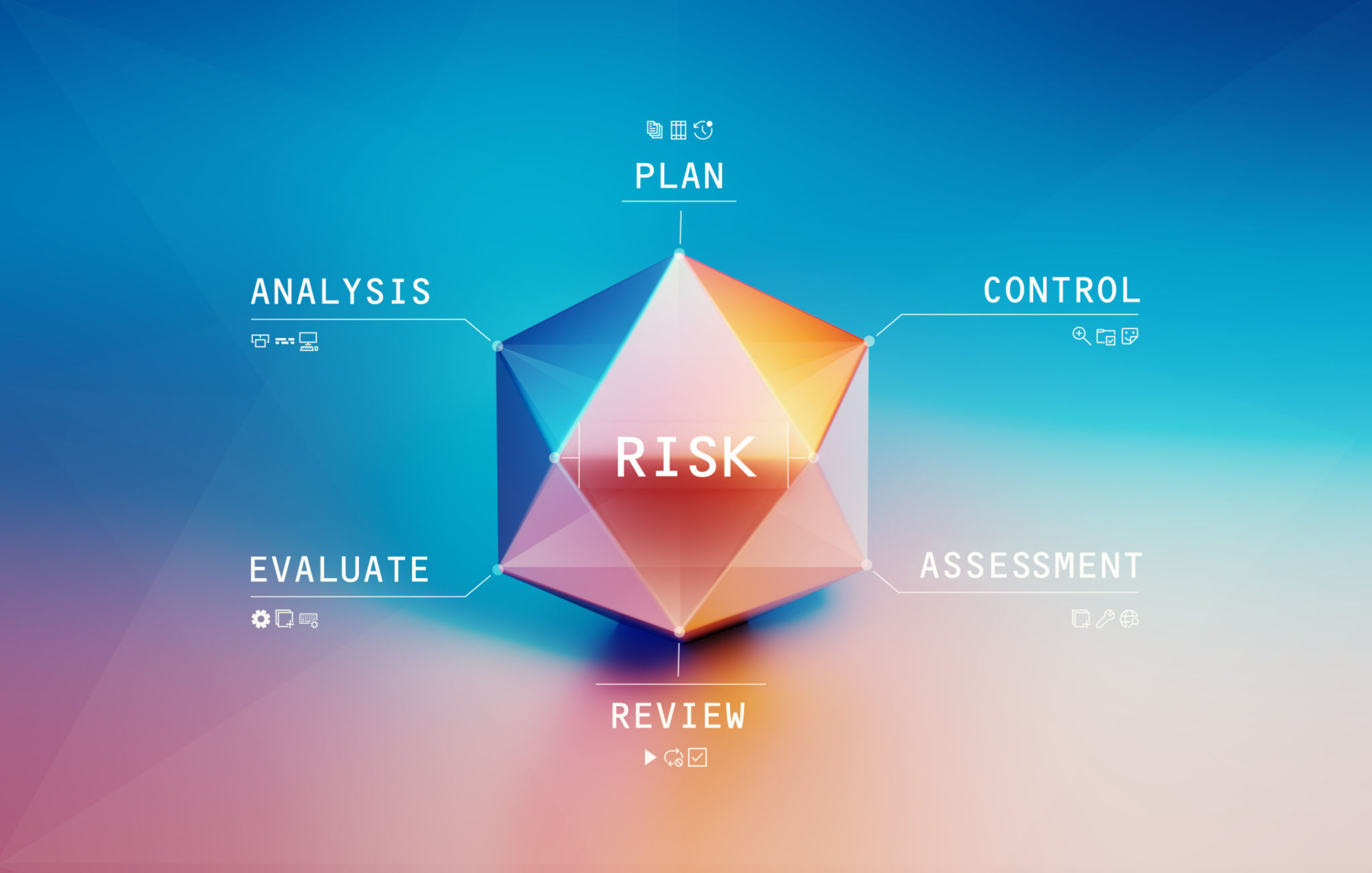Case Study: Successful Financial Risk Management in the Corporate Sector
Introduction to Financial Risk Management
In today's volatile economic environment, effective financial risk management plays a crucial role in the corporate sector. Companies that can adeptly manage financial risks position themselves to safeguard their assets and ensure long-term growth. This case study explores strategies implemented by successful corporations to manage financial risks effectively.

Understanding Financial Risks
Financial risks encompass a wide range of potential threats that can impact a corporation's financial health. These risks include credit risk, market risk, operational risk, and liquidity risk. Understanding these components is vital for developing a comprehensive risk management strategy.
Credit risk involves the potential for a company to suffer losses due to a borrower's failure to meet contractual obligations. Meanwhile, market risk arises from fluctuations in market prices, such as interest rates or foreign exchange rates. Operational risk is linked to failures in internal processes or systems, and liquidity risk refers to the inability to meet short-term financial obligations.
Case Study: Global Tech Corporation
Global Tech Corporation serves as an exemplary model of successful financial risk management in the corporate sector. The company implemented an integrated risk management framework that has enabled them to navigate economic uncertainties effectively.

Risk Identification and Assessment
The first step in Global Tech's approach was identifying and assessing potential risks. The company utilized advanced analytical tools and techniques to forecast potential threats. This proactive approach allowed them to prioritize risks based on their potential impact and likelihood.
An important aspect of their strategy was engaging stakeholders from various departments to ensure a holistic view of risks. By fostering a culture of open communication, Global Tech ensured that all team members were aligned with the company's risk management goals.
Developing Risk Mitigation Strategies
Once risks were identified, Global Tech developed targeted mitigation strategies. For credit risk, they adopted stringent credit assessments and diversification strategies to minimize exposure. Market risks were managed using hedging techniques and robust financial modeling.
- Implementing strict credit assessments.
- Diversifying investment portfolios.
- Utilizing hedging techniques for market risks.
- Adopting robust financial modeling.

Monitoring and Reviewing Risk Management Efforts
An essential component of Global Tech's success was its commitment to monitoring and reviewing its risk management framework regularly. The company established a dedicated team responsible for tracking key risk indicators and making necessary adjustments in real-time.
The use of technology played a pivotal role in this ongoing process. Sophisticated software solutions enabled Global Tech to automate data collection and analysis, ensuring that decision-makers had access to up-to-date information.
Conclusion: Lessons Learned
The case of Global Tech Corporation provides valuable insights into effective financial risk management within the corporate sector. By developing a comprehensive risk management framework, engaging stakeholders, and leveraging technology, companies can mitigate potential threats and enhance their resilience against economic fluctuations.
Ultimately, the key takeaway is that proactive and strategic financial risk management is instrumental in safeguarding a company's financial health and ensuring its long-term success.